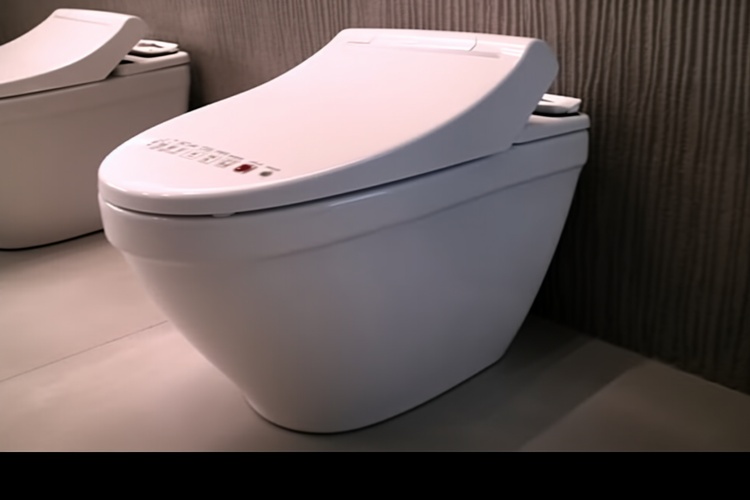The Modern Marvel of Japanese Toilets: Elevating Bathroom Comfort
Japanese toilets have revolutionized the bathroom experience, offering a blend of technology, hygiene, and comfort that's unparalleled in traditional Western bathrooms. These innovative fixtures, often referred to as smart toilets, washlets, or bidets, have transformed a basic necessity into a luxurious and highly functional aspect of daily life. Let's explore the features, benefits, and growing popularity of Japanese toilets around the world.

How do Japanese toilets differ from traditional Western toilets?
The key difference lies in the integrated technology and hygiene features. While a standard Western toilet is essentially a porcelain bowl with a flushing mechanism, Japanese toilets offer a multifunctional experience. They typically include:
-
Bidet functionality with adjustable water pressure and temperature
-
Heated seats for comfort in colder months
-
Automatic lid opening and closing
-
Self-cleaning nozzles and bowl surfaces
-
Warm air dryers to reduce or eliminate the need for toilet paper
-
Deodorizers to maintain a fresh bathroom environment
-
User-friendly control panels, sometimes with remote controls
These features not only enhance comfort but also promote better hygiene and can be particularly beneficial for individuals with mobility issues or certain medical conditions.
What are the main benefits of using a Japanese toilet?
The advantages of Japanese toilets extend beyond mere novelty. Here are some key benefits:
-
Improved hygiene: The bidet function provides a more thorough clean than toilet paper alone, reducing the risk of bacterial spread.
-
Environmental friendliness: By reducing or eliminating the need for toilet paper, these toilets can significantly decrease paper waste.
-
Comfort: Features like heated seats and warm water washing enhance the overall bathroom experience, especially in colder climates.
-
Accessibility: For elderly users or those with mobility issues, the integrated cleaning functions can promote independence and dignity.
-
Water efficiency: Many models are designed to use water more efficiently than traditional toilets, potentially lowering water bills.
-
Customization: Users can often adjust water pressure, temperature, and spray patterns to suit their preferences.
-
Health benefits: The bidet function can be particularly helpful for individuals with hemorrhoids, constipation, or other digestive issues.
Are Japanese toilets difficult to install or maintain?
While Japanese toilets are more complex than standard models, many manufacturers have made installation and maintenance relatively straightforward. Most models can be installed by a professional plumber, often using existing plumbing connections. Some key considerations include:
-
Electrical requirements: These toilets need a nearby electrical outlet for their electronic features.
-
Water connection: A standard water line is required, similar to traditional toilets.
-
Space considerations: Some models may be slightly larger than standard toilets.
-
Maintenance: Regular cleaning is similar to standard toilets, with additional care for electronic components and nozzles.
Many users find that the benefits far outweigh any additional installation or maintenance requirements.
How much do Japanese toilets cost, and are they worth the investment?
Japanese toilets vary widely in price, depending on the brand, features, and model. Here’s a general overview of the market:
| Product Type | Price Range | Key Features |
|---|---|---|
| Basic Washlet Seat | $200 - $500 | Bidet function, heated seat |
| Mid-Range Smart Toilet | $500 - $1,500 | Bidet, dryer, deodorizer, auto-flush |
| High-End Integrated Toilet | $1,500 - $5,000+ | All features, custom settings, design aesthetics |
Prices, rates, or cost estimates mentioned in this article are based on the latest available information but may change over time. Independent research is advised before making financial decisions.
While the initial cost may seem high compared to standard toilets, many users find the investment worthwhile due to improved hygiene, comfort, and potential long-term savings on toilet paper and water usage. Additionally, some users report that installing a Japanese toilet can increase a home’s resale value, particularly in luxury markets.
Japanese toilets have transformed the bathroom from a purely functional space into one of comfort and technological innovation. By combining advanced hygiene features with user-friendly designs, these smart toilets offer a superior bathroom experience that’s gaining popularity worldwide. While the initial investment may be higher than traditional toilets, the long-term benefits in terms of hygiene, comfort, and potentially reduced environmental impact make Japanese toilets an attractive option for many homeowners and businesses looking to upgrade their bathrooms.






